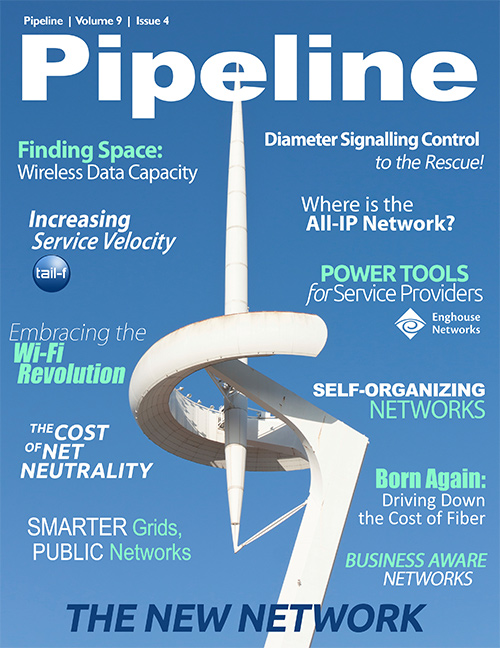The Key Role of Business Management Systems: Business Awareness
For all the technological advances made in physical infrastructure made in recent years, the back office environment for many service providers still remains bedeviled by legacy IT portfolios.
The challenge for today’s service providers is to understand exactly what is happening at the network, service and business level so that they can ensure smooth operations at the optimal balance of
service quality and return on investment for the organization. For all the technological advances made in physical infrastructure made in recent years, the back office environment for many service
providers still remains bedeviled by legacy IT portfolios, siloed systems and excessive integration costs. Each of these factors impacts on a service provider’s ability to monitor and run their
business in the integrated and holistic way that is needed today.What’s needed, we suggest, is a Business Quality Management strategy--a supporting systems environment that can take the rich seam of data available from infrastructure and services, to automate the analysis and processes to deliver actionable intelligence to the many different departments, operational and commercial. These automated processes, propelled by a service providers own business rules, can deliver a truly market differentiating business performance.
Creating this kind of open, dynamic and transparent environment requires some basic system building blocks to deliver the functionalities needed.
Firstly, there’s a crucial requirement to be able to monitor and manage performance and service quality parameters in consistent ways across many different types of individual service, application and user device. Services increasingly transcend traditional organizational, commercial and technical boundaries and it’s only by being able to have a truly end-to-end perspective that appropriate measures can be taken to guarantee service quality and network availability. This is also important when necessary network maintenance and shut-downs are being undertaken or where company mergers are underway, involving systems and equipment from different vendors being interconnected. It extends to ensuring that network investment or partnerships with third parties can deliver the maximum returns and business advantage to all.





















